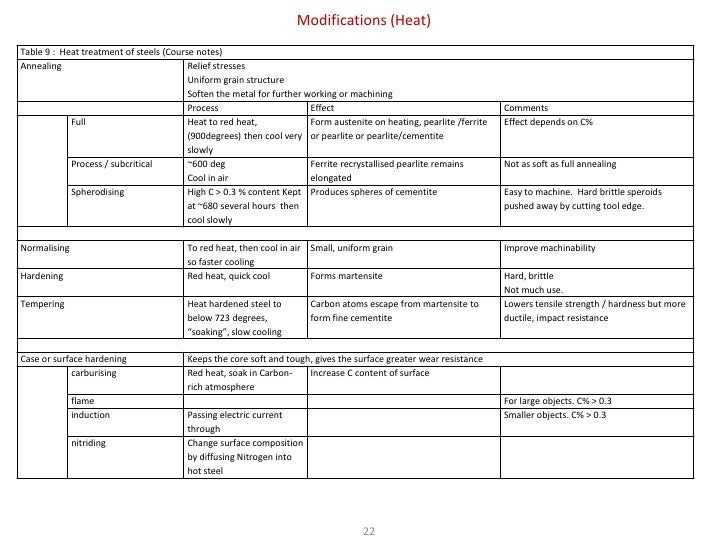Image source: http://www.artsunlight.com/artist-photo/Wassily-Kandinsky/improvisation-klamm-by-Wassily-Kandinsky-060.jpg
In 1933 Kandinsky settled in Neuilly, on the brink of Paris. His abstract art output during this year and the following years was a trigger for controversy. His abstract art work in those years showed biomorphic bureaucracy having non-geometric outlines. In addition to generating coloration compositions that had been distinctive and others impressed by traditional Slavonic art, Kandinsky each and most of the time blended paint with sand to in achieving a granular texture. Kandinsky died in 1944 at Neuilly-sur-Seine (France) five years after gaining French citizenship.
In 1897 Kandinsky - elderly thirty - left Moscow for Munich to pursue a inventive schooling, which was to incorporate; lifestyles-drawing, anatomy and sketching. Here, he studied art with Anton Azbe on the Kunstakademie. Teaching on the "Phalanx" art faculty which he co-dependent, Kandinsky formed a companionship with Gabriele M'nter, one of his college students.
Kandinsky was actively concerned in an unfavorable lot of arguable and influential 20th century art routine. One such motion was "Blue Rider" (Der Blaue Reiter), the name of which came from Kandinsky's painting of an analogous name. Kandinsky co-dependent this motion which represented German Expressionism, with Franz Marc. He took courses on the Bauhaus - a pioneering art and charter faculty - dependent by Walter Gropius. During Kandinsky's length of involvement with the Bauhaus, his abstract art art work - "Half-Circle", "Circle", "Straight Lines", "Curve" and "Angle" - showed an growing prominence in geometrical facets.
Most of Kandinsky's art work in the length from 1896 to 1911 didn't incorporate human figures, although "Sunday, Old Russia" (1904) and "Riding Couple" (1907) are exceptions. "The Blue Rider" (1903) is maximum maximum much very likely Kandinsky's maximum applicable work from his early length from 1900-1910. The year 1910 saw Kandinsky generating his first abstract art work in watercolour.
Wassily Kandinsky was born the son of a tea merchant in Moscow on the 4th of December 1866. Kandinsky grew up in a musical relatives as the two of his oldsters had been very willing newbie musicians. This very likely impressed him to notice ideas to play the cello and the piano by himself at an positively younger age. Kandinsky was a pupil of economics and law on the University of Moscow from 1886 by using 1892, in which after graduation he reworked true into a lecturer. An applicable outcomes on Kandinsky when he was in Moscow was "Haystacks", a painting by Monet, the rage of which couldn't be recognised by Kandinsky.
